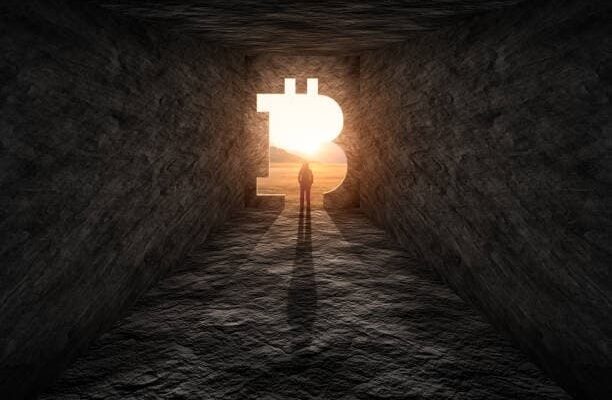You know those moments when you’re scrolling through social media and you stumble upon a heated debate about bitcoin? It’s like a digital wildfire, spreading opinions and arguments faster than you can blink. One of the most contentious topics in this digital discourse is the environmental impact of Bitcoin mining. Now, let’s dive into the heart of this debate with a relaxed and easy-going approach, exploring the sustainability concerns surrounding Bitcoin and its mining process.
Bitcoin, the pioneering cryptocurrency, has been a game-changer in the financial world. Its decentralized nature and the promise of a borderless currency have captivated many. However, the energy-intensive process of mining Bitcoin has raised eyebrows among environmentalists and sustainability advocates. The mining process involves solving complex mathematical problems to validate transactions and add them to the blockchain. This requires powerful computers that consume a significant amount of electricity.
Let’s talk about the energy consumption of Bitcoin mining. It’s a hot topic, and for good reason. The amount of energy used in Bitcoin mining is often compared to that of small countries. This energy consumption is not just a number on a spreadsheet; it translates to carbon emissions, which contribute to climate change. The environmental footprint of Bitcoin is a complex issue, intertwining technology, economics, and ecology.
Now, onto the solutions. The Bitcoin community is not oblivious to these concerns. There’s a shift towards more sustainable practices, such as using renewable energy sources for mining. Solar and wind power are being harnessed to power the massive data centers that Bitcoin mining requires. This transition is not without its challenges, but it’s a step in the right direction towards a greener Bitcoin future.
But here’s the thing about Bitcoin and sustainability: it’s not just about the energy used in mining. The design of the Bitcoin network itself has implications. The proof-of-work algorithm that underpins Bitcoin is energy-intensive by nature. However, there are discussions and developments around alternative consensus mechanisms, such as proof-of-stake, which could potentially reduce the energy requirements of the network.
Speaking of the future, let’s consider the potential of Bitcoin to evolve and adapt. Technology is not static, and neither is Bitcoin. As concerns about sustainability grow, so does the innovation within the Bitcoin ecosystem. We might see more efficient mining hardware, improvements in the protocol, and a broader adoption of renewable energy in the mining process. The Bitcoin network’s ability to adapt could be its saving grace in the face of environmental scrutiny.
And let’s not forget about the broader context of Bitcoin in the global financial system. While Bitcoin’s environmental impact is a valid concern, it’s also important to consider its role in promoting financial inclusion and providing an alternative to traditional banking systems. The benefits of Bitcoin extend beyond its environmental impact, and these factors should be weighed in the balance when discussing its sustainability.
In conclusion, the environmental debate surrounding Bitcoin is multifaceted. It’s not just about the energy used in mining; it’s about the potential for innovation, the role of Bitcoin in the financial ecosystem, and the community’s response to sustainability challenges. As we continue this conversation, it’s crucial to approach it with an open mind and a willingness to consider both the challenges and the opportunities that Bitcoin presents in terms of environmental impact and sustainability.

Comments